Make Your Own Natural Body Butter For Less
This website may earn commissions from purchases made through links in this post.
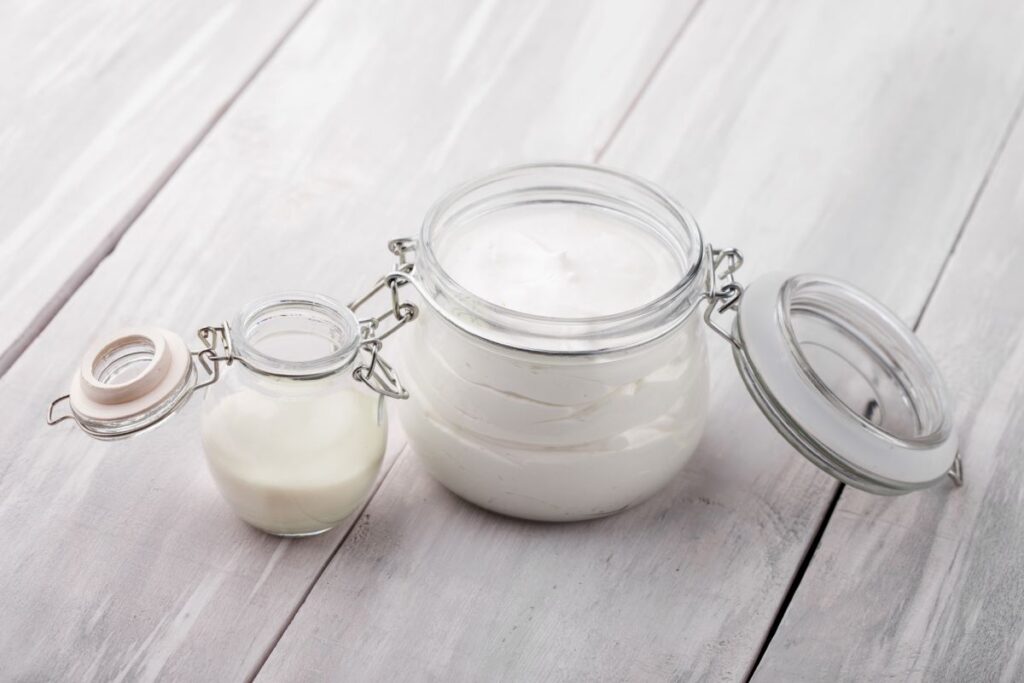
One day I want to have my own range of natural skin care products. I’ve spent about a year looking into the process of making different products, researching ingredients and the value of choosing natural over chemical skin care.
A few interesting facts on skin care:
- The average woman is exposed to around 200 chemicals a day just through use of personal care products alone
- Up to 60% of what we put on our skin is absorbed into the body
- The skin care industry is not regulated
- Of the 10,000 or so chemicals used in everyday products, only 11% have ever been tested.
- The chemicals aren’t tested in combination and exposure over long periods of time has not been tested. Many of those common to skin care products are known to be dangerous, but are still used anyway.
- The Material Data Safety Sheet of many common chemicals tell you not to get them in contact with skin.
- Sodium Lauryl Sulphate is common in many soaps, shampoos, cleansers and detergents. It is used in labs to irritate the skin on purpose when testing the healing property of creams and lotions. It is also found in paint strippers and engine degreasers. It is said to cause eczema. My eczema disappeared once I stopped using it.
- The parabens in products are preservatives and are said to be hormone disrupters
- Many products contain cheap ‘fillers’. These don’t do anything except add bulk so that manufacturers can make more money by including active ingredients in the product.
- Depending on the product, anywhere between 20% and 90% of the product is water.
Last week I wrote about making face masks out common foods. If you want to step up your skin care making a little, one of the easiest things to make yourself at home is body butter. There is no water in body butter, so there is no emulsion process that can be fiddly, and there is less need for preservatives as it is the water in products that attracts bacteria and mould.
Body butter a luscious skin treatment that’s all-natural without any chemicals or fillers. It’s a bit oilier than what you buy because it’s an actual butter rather than a cream with butter in it. Have a look at the commercial products and you will see that many contain water.
The consistency of the final product will depend on the ingredients that you choose and the ratio of oil to butter. Cocoa butter is harder and will produce harder butter, it’s also richer. Jojoba oil is a nice light oil, using olive oil will make the cream a little heavier.
Ingredients
70g of ‘butter’ – Shea or Cocoa butter are most popular but you could also try mango kernel butter or a combination of these
40g natural beeswax
40g of oil such as olive, macadamia, sweet almond, avocado jojoba or a combination
a few drops of your favourite pure essential oils (optional)
a few drops of vitamin E oil (optional – helps preserve body butter)
sterile jar to store
Method
- Place butter, wax and oil either in a microwave save bowl, or a Pyrex bowl over a pot of simmering water. Melt slowly stirring. Don’t let the mix overheat and don’t leave unattended.
- Remove from the heat and leave to cool for about 10 minutes or until it just starts to set before adding essential oils and vitamin E oil if using. Give the butter a good whisk and place into jars. Leave to set in the fridge.
- Will last a couple of months in cool conditions, longer if you keep it in the fridge.
- Smear on with delightful abandon
Choose your favourite essential oils or for rich healing skin oils try neroli, patchouli or clary sage.
So where do you get these ingredients? Chemists and health food stores may stock many or all of these ingredients, or alternatively online soap making suppliers will definitely have them.
Of course, I have a favourite supplier to recommend to you: Eco Modern Essentials.

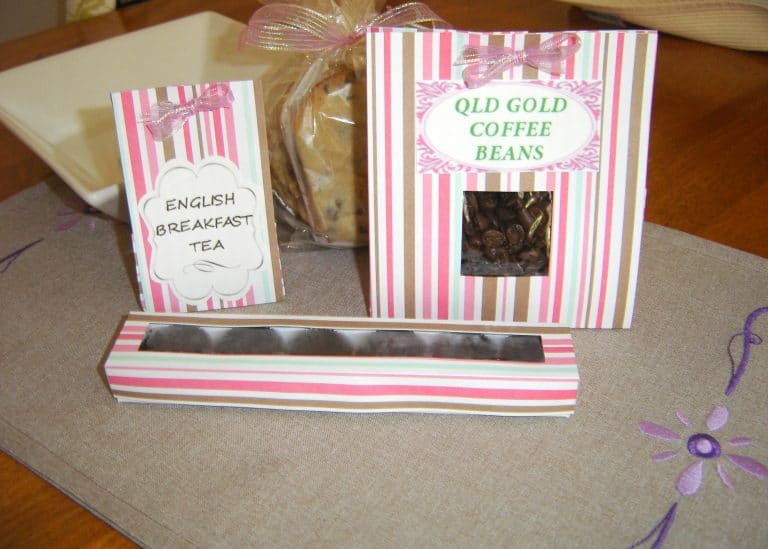
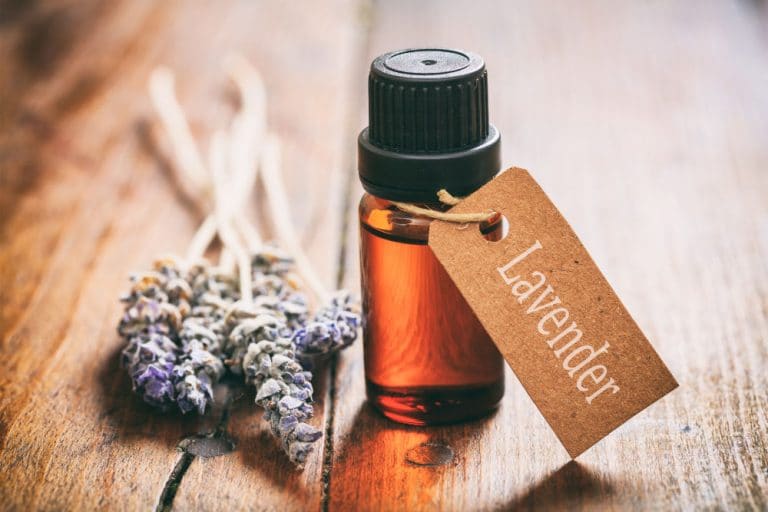
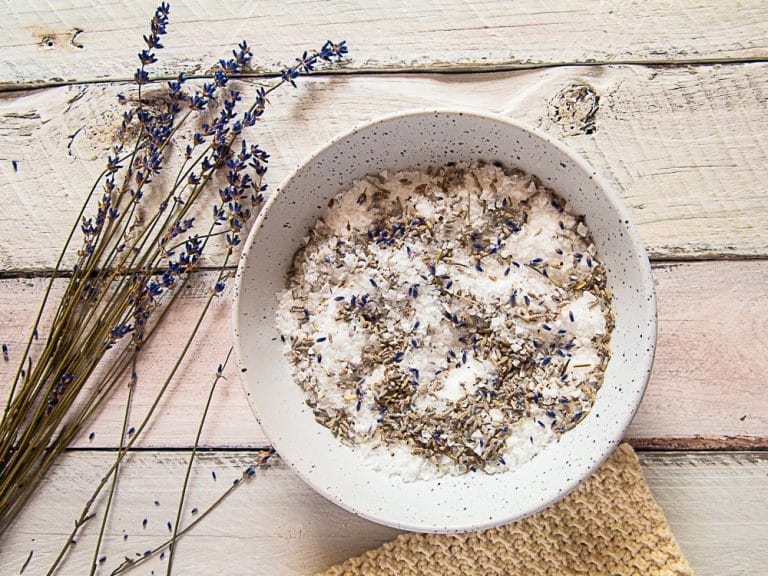
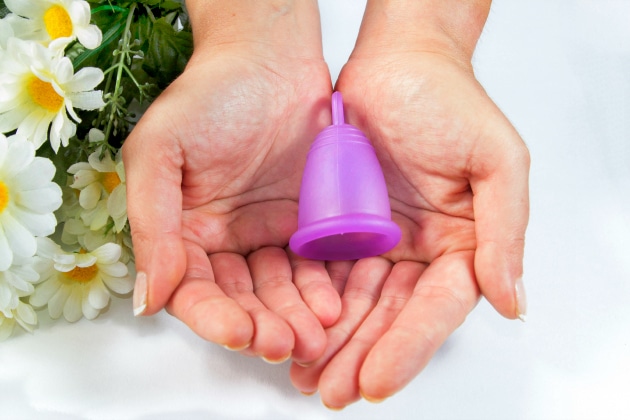
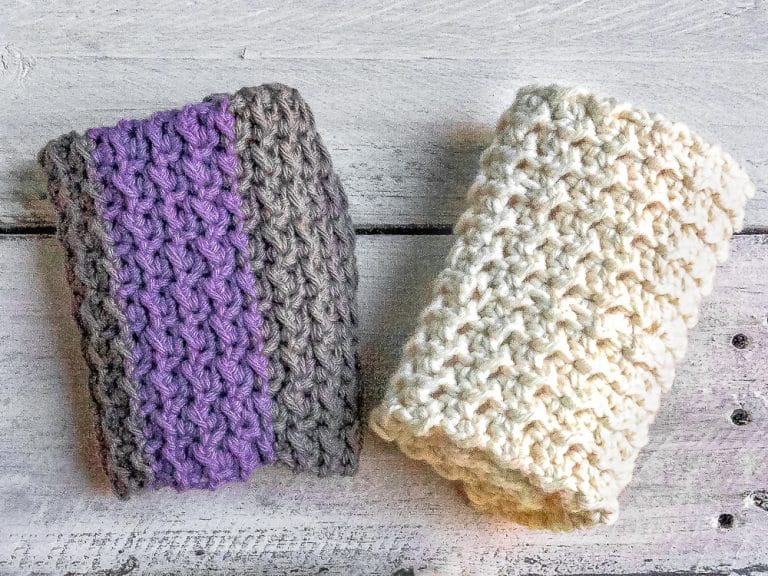

◦Sodium Laurel Sulphate?
It is sodium lauryl sulfate. If you can’t spell it, I think maybe you don’t know very much about it. Maybe what you have written isn’t completely well-researched, so it’s not very credible to me.
Thank you for picking up on my typo – Lauryl. I have corrected that. Sulphate is correct in English (as opposed to American – being an Australian I don’t use American). The typo reveals my poor editing skills, it is true (I’m working on that) but has little to no relevance as far as the quality of research.
Any tips on keeping body butters solid in summer months or hot rooms? Do you change the recipe during summer to compensate for heat? Thanks!
Well, to be honest, I just use it more liquid, but you can refrigerate it to keep it solid.
Just don’t use clary sage if pregnant
Thanks Megan, for the tip.